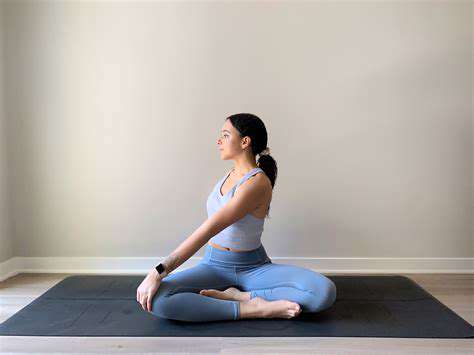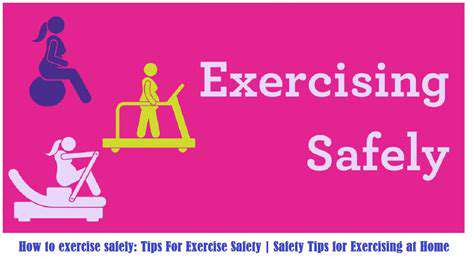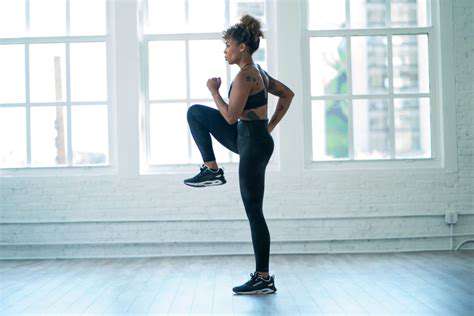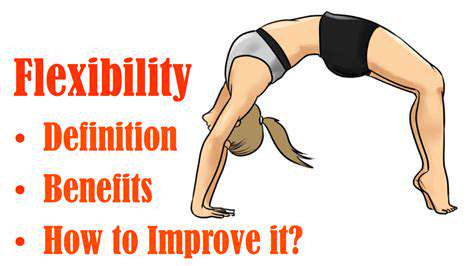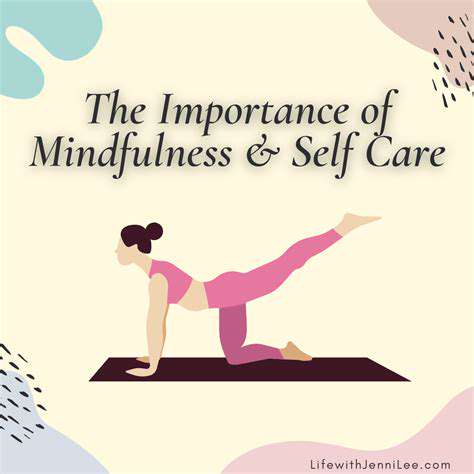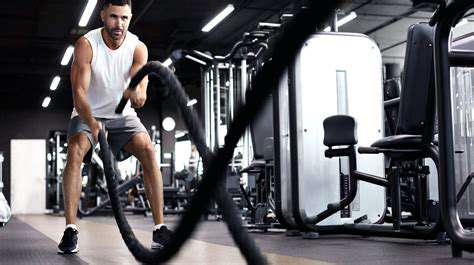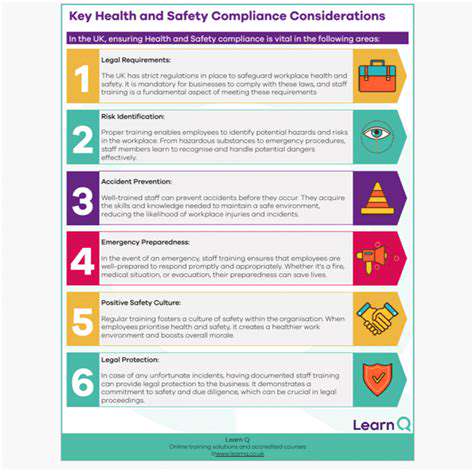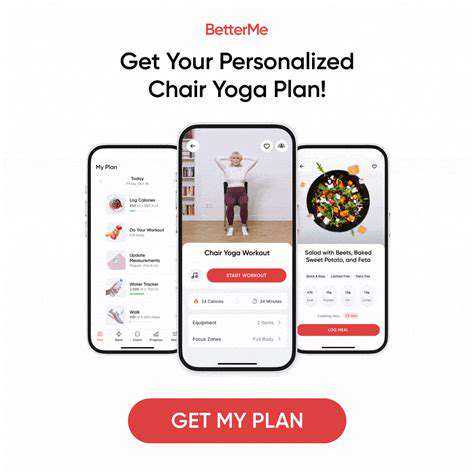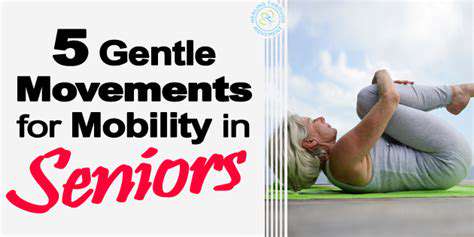Simple Exercises Using Household Items for Senior Fitness
Chair-based strength training is a fantastic way for seniors to maintain and build muscle strength without the risk of falls or injuries associated with standing exercises. Using a sturdy chair, you can target various muscle groups, improving balance, stability, and overall functional fitness. It's a safe and adaptable form of exercise that allows seniors to work at their own pace and customize the intensity to suit their individual needs. Proper form is paramount, and always consult with a healthcare professional before starting any new exercise program.
The exercises below are designed to be performed safely and effectively while seated. Remember to listen to your body, stop if you feel any pain, and gradually increase the repetitions and resistance as your strength improves. Consistency is key to seeing results, so aim to incorporate these exercises into your routine at least twice a week.
Targeting Upper Body Strength
Chair-based exercises for the upper body can be easily performed using household items like water bottles or resistance bands. Holding a water bottle, perform bicep curls by bending your elbows and bringing the bottle towards your shoulders, squeezing your biceps. Lower the weight slowly, focusing on controlled movements. This exercise strengthens the biceps and forearms, crucial for everyday tasks like carrying groceries or lifting objects.
Another effective upper body exercise is shoulder presses. Place the water bottle on your thighs and lift it straight up, then slowly lower it. This exercise works the shoulder muscles, improving mobility and strength, which can significantly improve your independence and safety.
Lower Body Strength Building
Targeting the lower body while seated is also possible. Simple leg raises, performed by lifting one leg at a time while seated, are an excellent exercise to strengthen the quadriceps, hamstrings, and glutes. This exercise improves hip stability and balance, both essential for maintaining mobility and reducing fall risks. Keeping your back straight and core engaged throughout the exercise is essential.
Core Strengthening Exercises
A strong core is crucial for balance and stability, particularly for seniors. Chair-based abdominal exercises, like seated leg curls, can be used to work the abdominal muscles. This is achieved by drawing your knees towards your chest while keeping your back straight. This exercise enhances core strength, promoting better posture and stability.
Improving Flexibility and Balance
Incorporating flexibility and balance exercises into your routine is vital for seniors. Seated hamstring stretches, by extending one leg out in front of you, helps to stretch the hamstring muscles. Holding this position for a few seconds enhances flexibility and reduces the risk of muscle stiffness and tightness, which can be exacerbated by aging. Simple seated balance exercises, such as holding a chair and lifting one leg, increase the strength required for balance and can reduce the risk of falls by improving proprioception (body awareness).
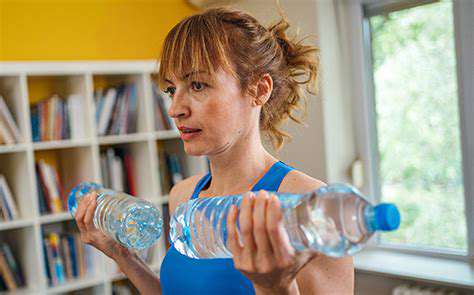
Incorporating Flexibility and Balance Exercises

Understanding the Concept of Flexibility
Flexibility, in the context of business operations, encompasses the ability to adapt to changing market conditions, technological advancements, and evolving customer demands. This adaptability is crucial for maintaining competitiveness and ensuring long-term viability. Flexible organizations are often better positioned to seize opportunities and navigate challenges effectively. This involves having systems and processes that can be adjusted quickly and efficiently, allowing the business to respond dynamically to external pressures.
It's more than just physical agility; it's about having the mindset and the infrastructure to change course when necessary. Furthermore, embracing flexibility fosters innovation and allows businesses to explore new avenues for growth.
Balancing Resources for Optimal Efficiency
Balancing resources is a critical aspect of achieving flexibility and efficiency in any operation. This entails allocating resources in a way that supports agility while maintaining the core functions of the business. It also includes having a clear understanding of the priorities and ensuring the allocation of resources is in line with those priorities. This means avoiding over-reliance on specific resources, promoting diversity in skill sets, and fostering resource optimization.
Implementing Strategies for Adaptability
A key strategy for incorporating flexibility involves cultivating a culture of adaptability within the organization. This means empowering employees at all levels to contribute to decision-making and problem-solving, fostering a collaborative environment, and promoting continuous learning. Strong communication channels are essential for effective information dissemination and swift responses to changes in the market.
The Significance of Data-Driven Decisions
Data-driven decision-making plays a pivotal role in achieving operational agility and flexibility. This involves collecting, analyzing, and interpreting relevant data to identify trends, patterns, and opportunities. Using data analytics to predict market shifts can provide a significant edge in anticipating and responding to challenges. Effective data analysis equips organizations with the insights required to adjust strategies, optimize resource allocation, and ensure sustainable growth.
Measuring and Evaluating Success
Measuring the success of incorporating flexibility and balance requires a comprehensive approach. This involves setting clear metrics and KPIs that accurately reflect the impact of implemented strategies. Monitoring progress against these metrics and iterating on strategies based on the collected data is critical for continuous improvement. Regularly evaluating the effectiveness of adjustments is essential to ensure that the implemented changes align with the overall goals and objectives of the business. Adapting methodologies based on the results of these evaluations is crucial for maximizing outcomes.
Adding Cardio into Your Routine
Benefits of Incorporating Cardio
Adding cardio to your routine, even if it's just a few minutes a day, can have significant positive impacts on your physical and mental well-being. Cardiovascular exercise strengthens the heart and lungs, improving blood circulation and reducing the risk of heart disease, stroke, and other chronic illnesses. It also helps to maintain a healthy weight, manage blood pressure and cholesterol levels, and boost energy levels throughout the day. Furthermore, regular cardio can contribute to improved mood and cognitive function, aiding in stress reduction and promoting a sense of well-being.
Beyond the physical advantages, incorporating cardio into your daily life can enhance your overall quality of life by promoting independence and preventing the decline associated with inactivity. Staying active can improve balance, coordination, and flexibility, minimizing the risk of falls and improving overall mobility.
Choosing Appropriate Cardio Exercises
The key to successful cardio integration is selecting exercises that are appropriate for your fitness level and abilities. For seniors, low-impact activities are often best. Walking, swimming, water aerobics, and cycling are excellent options. Consider starting slowly and gradually increasing the intensity and duration of your workouts as your fitness improves. It's also important to listen to your body and take rest days when needed to prevent injuries.
Consult your doctor before starting any new exercise program, especially if you have any underlying health conditions. They can help you tailor a cardio routine that suits your specific needs and limitations. This personalized approach is vital for ensuring safe and effective exercise.
Simple Cardio Exercises Using Household Items
Many effective cardio exercises can be performed at home using common household items. For example, brisk walking around the house, marching in place, or doing arm circles can all contribute to your daily cardio quota. You can also incorporate simple movements, like stepping up and down from a sturdy chair, or performing leg lifts to elevate your heart rate. The beauty of these exercises is their accessibility and adaptability to your living space.
Utilizing items like books or water bottles for added resistance can make these movements more challenging and improve the effectiveness of your routine.
Warm-up and Cool-down Routines
Before engaging in any cardio activity, it's crucial to warm up your muscles to prepare them for the exercise. A 5-10 minute warm-up, such as light stretching or simple movements like arm circles and leg swings, can help prevent injuries. This preparatory phase allows your body to gradually increase its heart rate and blood flow, preparing your cardiovascular system for the exertion that follows.
Similarly, a cool-down period is just as important as the warm-up. This period, lasting approximately 5-10 minutes, allows your body to gradually return to a resting state. Slowing down your movements and gentle stretching will help your muscles recover and reduce the risk of post-exercise soreness. Remember, proper warm-up and cool-down are essential components of a safe and effective cardio routine.
Progression and Consistency
Consistency is key to seeing results from any exercise program. Aim to incorporate cardio activities into your daily routine, even if it's just 10-15 minutes at a time. Gradually increasing the duration and intensity of your workouts is essential for progression. Listen to your body and don't push yourself too hard, especially in the beginning. If you experience pain, stop the activity and consult with your healthcare professional.
Setting realistic goals and gradually increasing the intensity will help you build endurance and see positive changes over time. This gradual approach will ensure that you stay motivated and committed to your cardio routine. Celebrate your progress along the way!
Safety Precautions for Seniors
It's essential to prioritize safety when engaging in cardio exercises, especially for seniors. Wearing comfortable, supportive footwear is crucial to prevent foot and ankle injuries. Be mindful of the surfaces you're exercising on, ensuring they are stable and non-slippery. Also, ensure that you have adequate space to move around freely without bumping into furniture or other obstacles.
Pay close attention to your body's signals. If you experience any pain, dizziness, or shortness of breath, stop the activity immediately and consult your doctor. Remember that modifying or adjusting exercises to suit your limitations and health needs is crucial for a safe and beneficial workout experience. Prioritizing safety will contribute to a more enjoyable and sustainable cardio routine.

